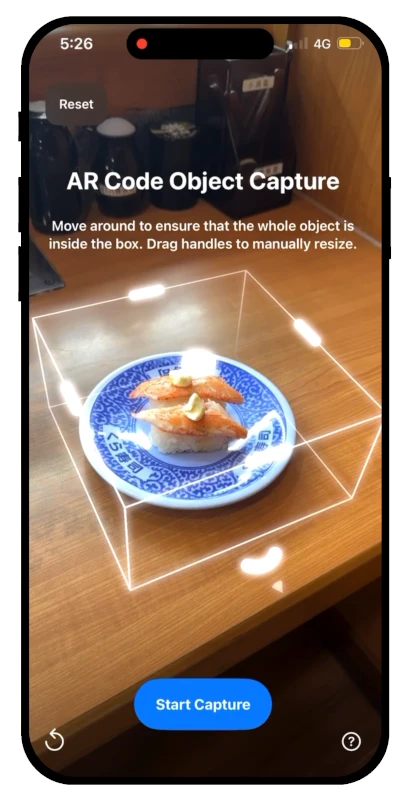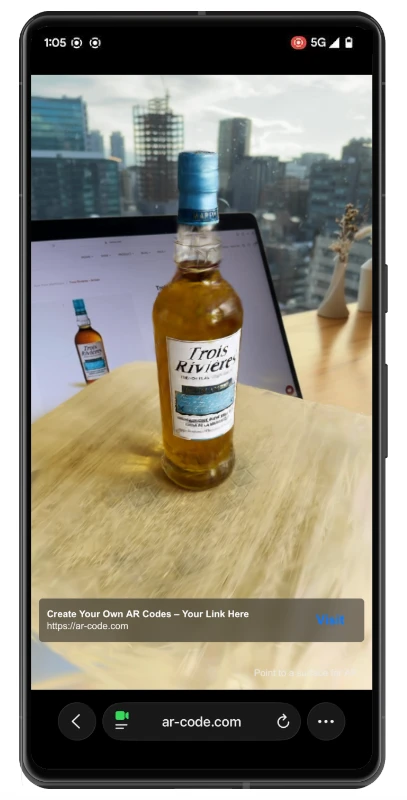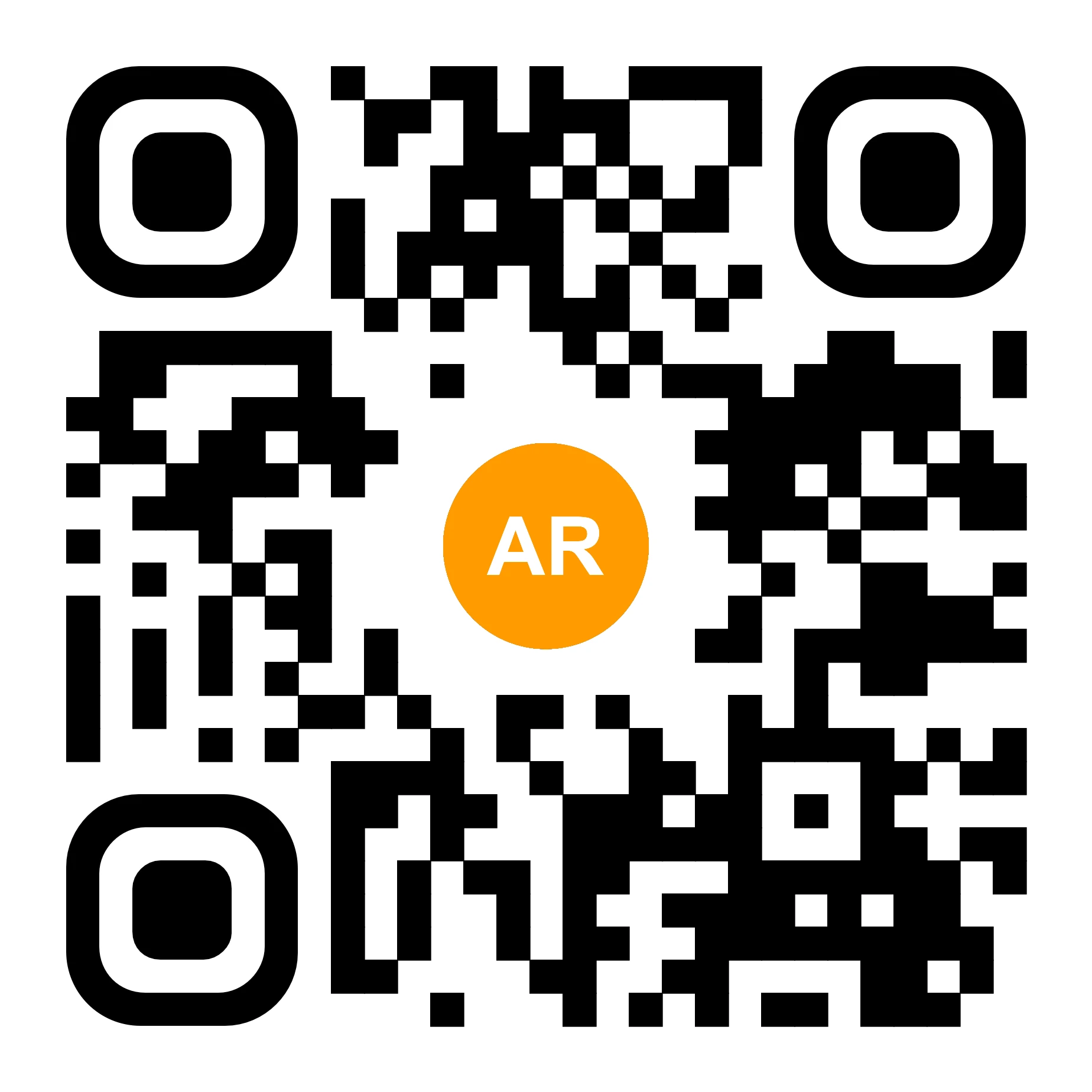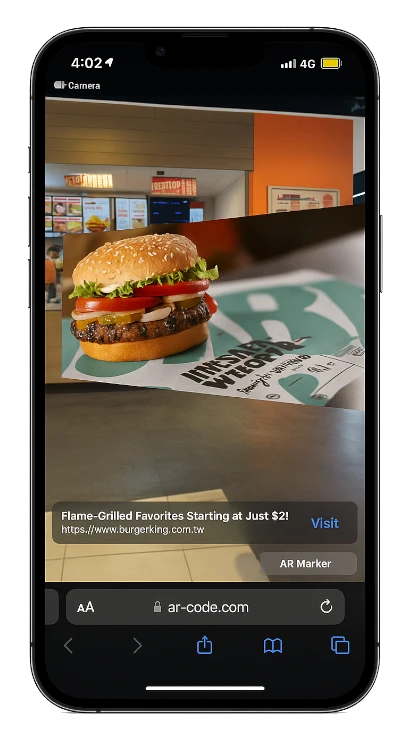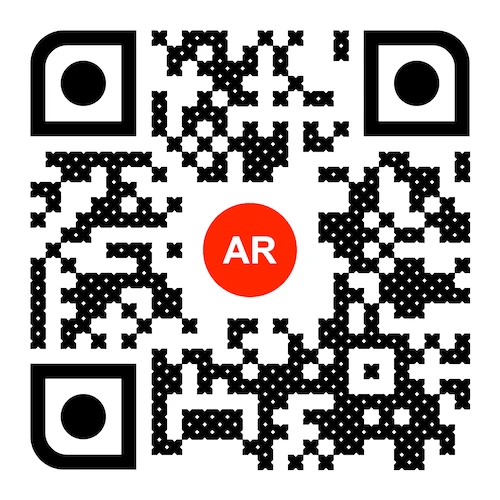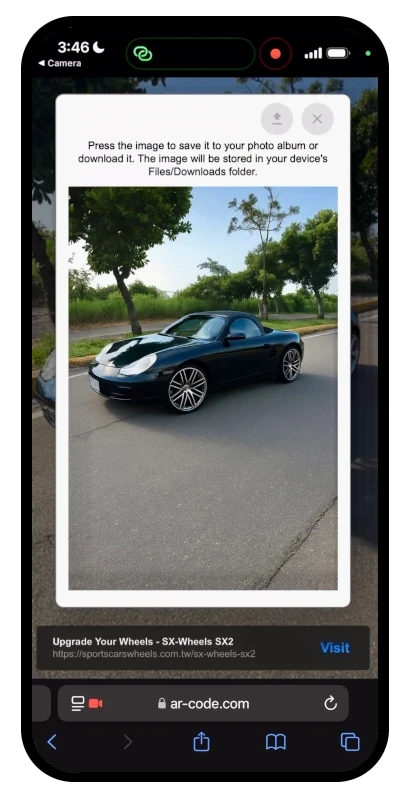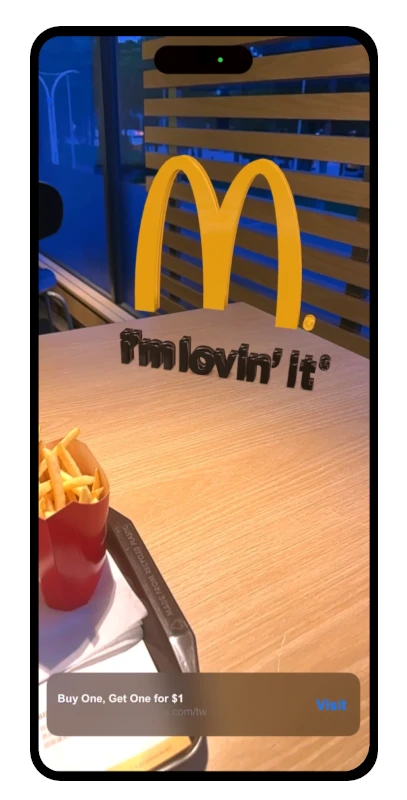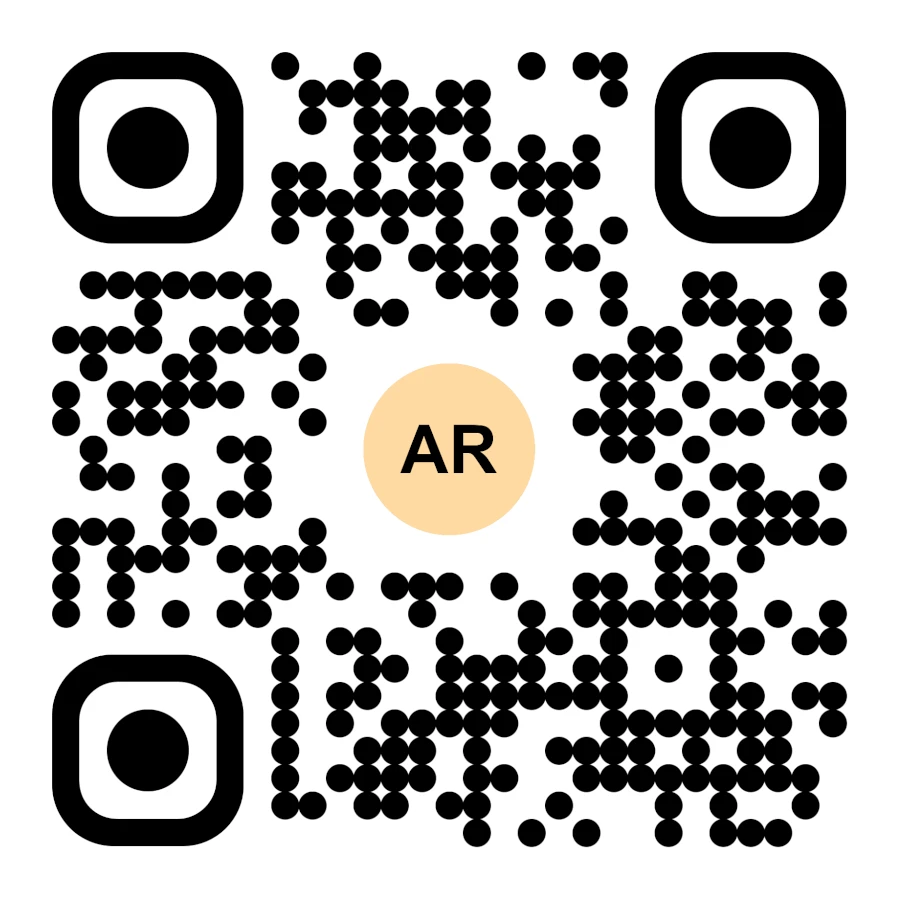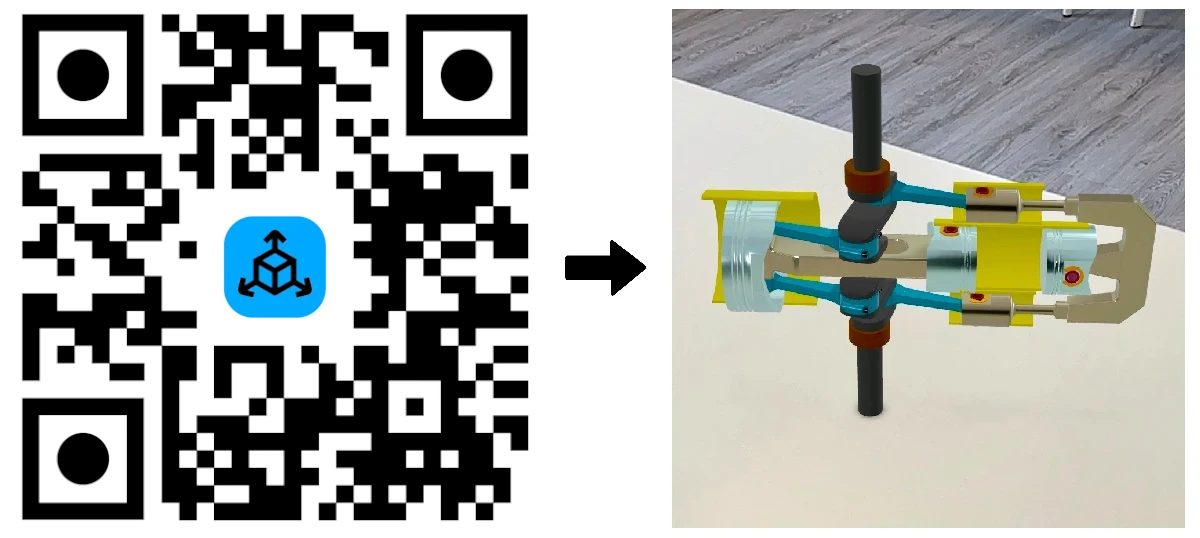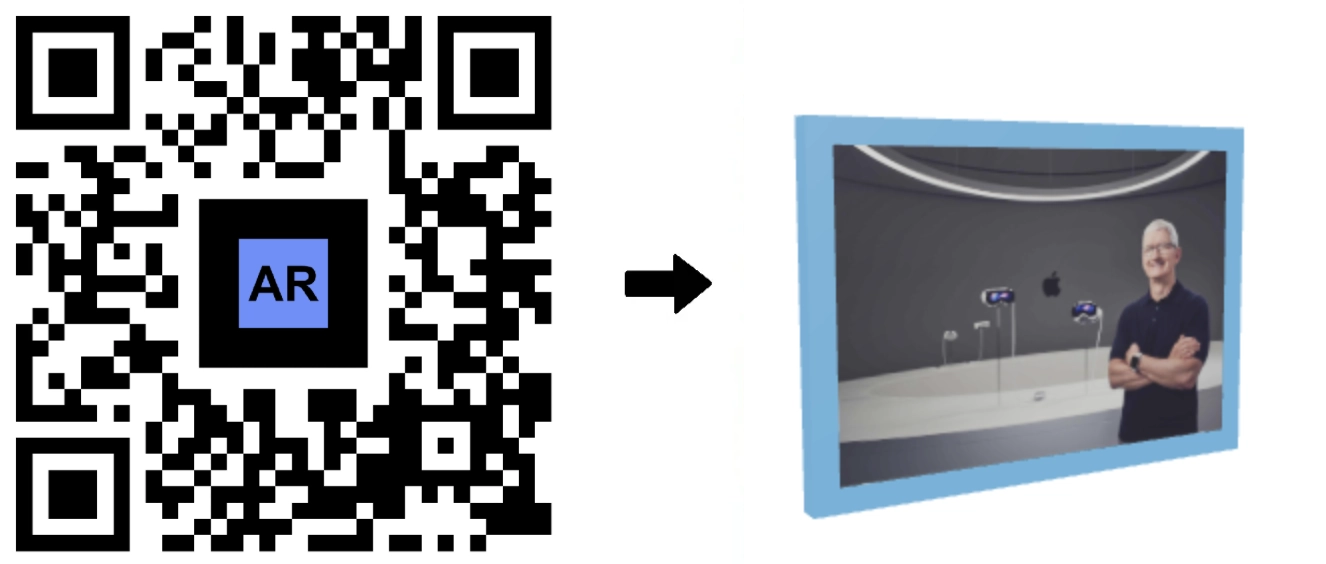
AR Code's 3D Modeling Apps for the Apple Vision Pro
AR Glasses & Headsets | 03/12/2025
Unlock transformative business innovation and customer engagement with next-generation AR Code SaaS augmented reality solutions—now optimized for the Apple Vision Pro AR/VR headset and fully compatible with iPhone and iPad. With the launch of the Apple Vision Pro on February 2, 2024, your business can leverage advanced mixed-reality to elevate product demos, interactive marketing, training, and workflows. The Vision Pro, running on visionOS, offers businesses intuitive motion gestures, advanced eye tracking, and natural speech capabilities for immersive and accessible spatial computing across industries.

AR Videos on the Meta Quest 3 with AR Code: A New Dimension of Immersive Advertising
AR Glasses & Headsets | 03/12/2025
The launch of the Meta Quest 3 is revolutionizing the augmented reality industry, delivering immersive AR video content that drives business results. Modern businesses ready to stand out and amplify brand engagement can unlock new opportunities by leveraging Meta Quest 3’s advanced hardware with the innovative features of the AR Code SaaS platform.
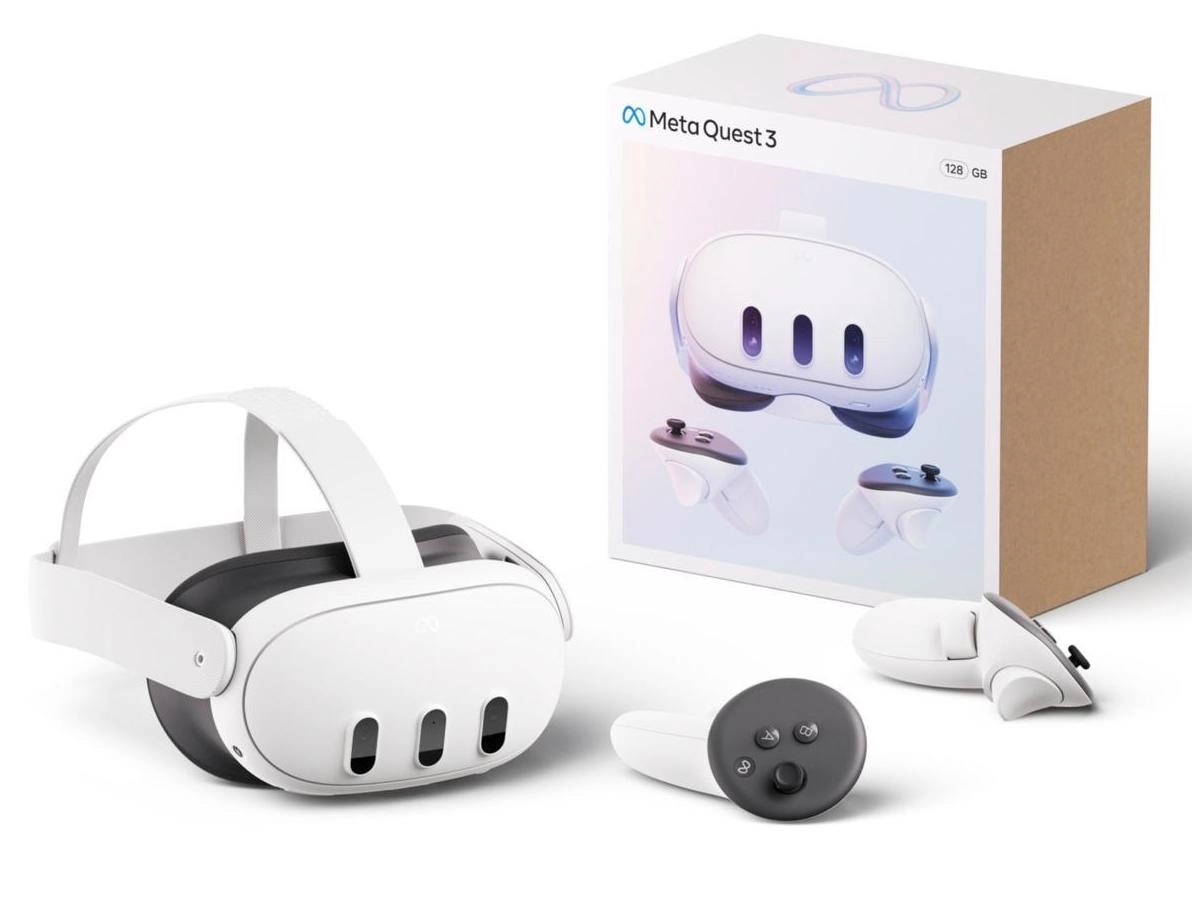
AR Code on the Meta Quest 3: Enhancing Visualization of 3D Models in Augmented Reality
AR Glasses & Headsets | 03/12/2025
Meta Quest 3 leads businesses into a new era of augmented reality and virtual reality. Debuted at Connect 2023, this advanced headset delivers a sleek, ergonomic design powered by the Snapdragon XR2 Gen 2 processor and up to 512GB of storage. These enterprise-level specs make Meta Quest 3 the ideal gateway for immersive, future-ready AR and VR business experiences.
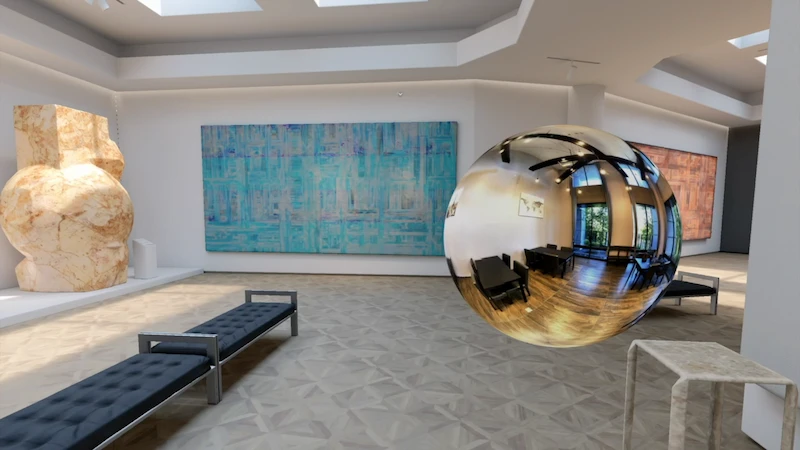
AR Codes are Automatically Compatible with the Apple Vision Pro and its VisionOS
AR Glasses & Headsets | 02/12/2025
Enter the rapidly expanding world of augmented reality for businesses with AR Code SaaS solutions, designed to bridge physical products with immersive digital experiences. Elevate your company’s customer engagement and brand value using Apple Vision Pro and AR Code’s advanced SaaS platform, delivering measurable growth and industry-leading differentiation.
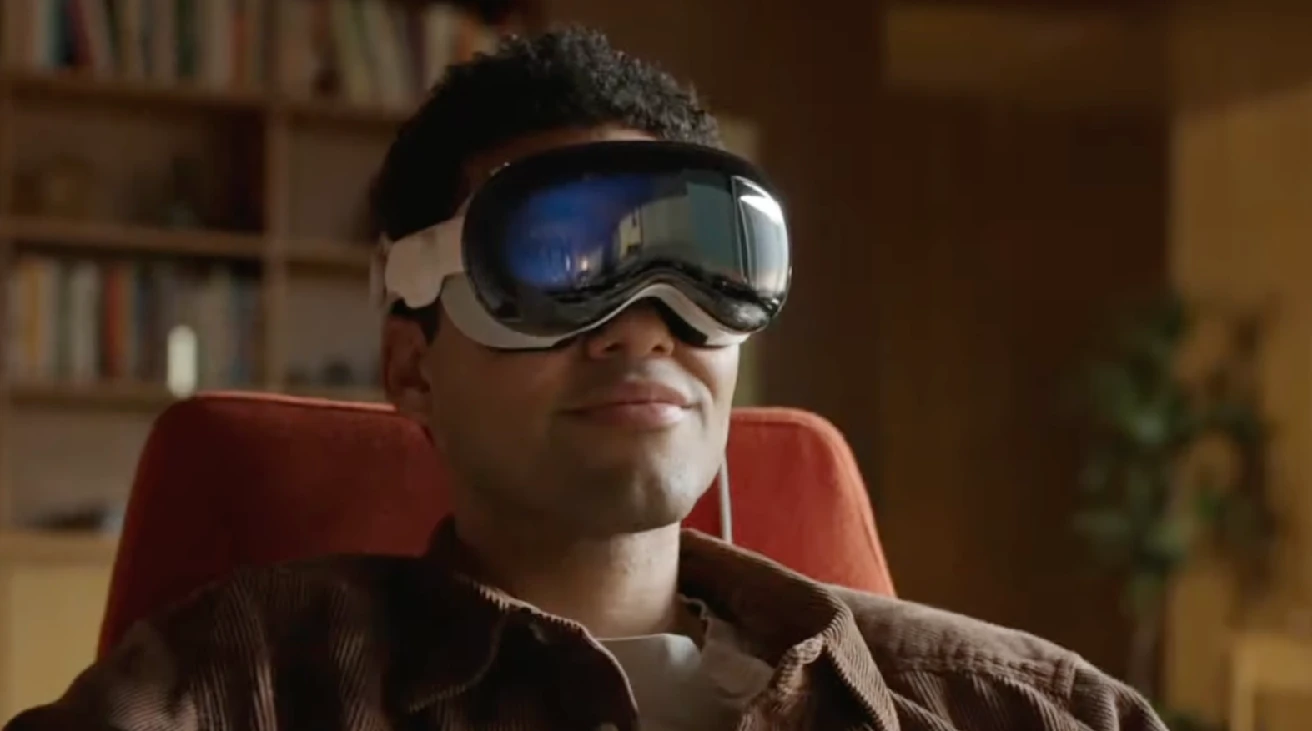
Apple Vision Pro Headset Details and its 3D Models USDZ & GLB via an AR Code
AR Glasses & Headsets | 02/12/2025
Empower your business to lead the immersive technology revolution with the Apple Vision Pro headset. Launching February 2, 2024, this device features the high-performance M2 chip, fast Wi-Fi, and dual 4K micro OLED displays. Apple Vision Pro is reshaping enterprise AR and VR, offering organizations a path to seamless digital transformation.
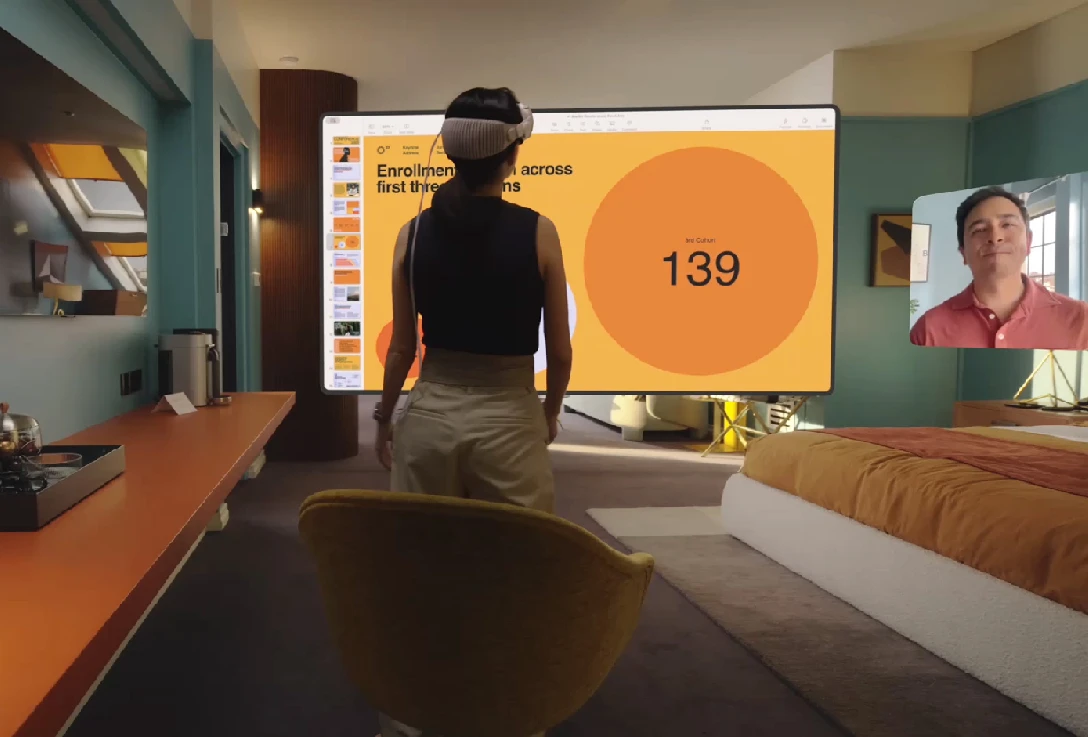
AR FaceTime on the Apple Vision Pro Headset
AR Glasses & Headsets | 03/12/2025
Apple Inc. leads the digital communication evolution with innovations in immersive augmented reality. The groundbreaking Apple Vision Pro headset and visionOS transform FaceTime, setting new benchmarks for interactive business connections. Discover how your company can maximize engagement by adopting scalable AR Code SaaS solutions and elevate your organization’s digital strategy.
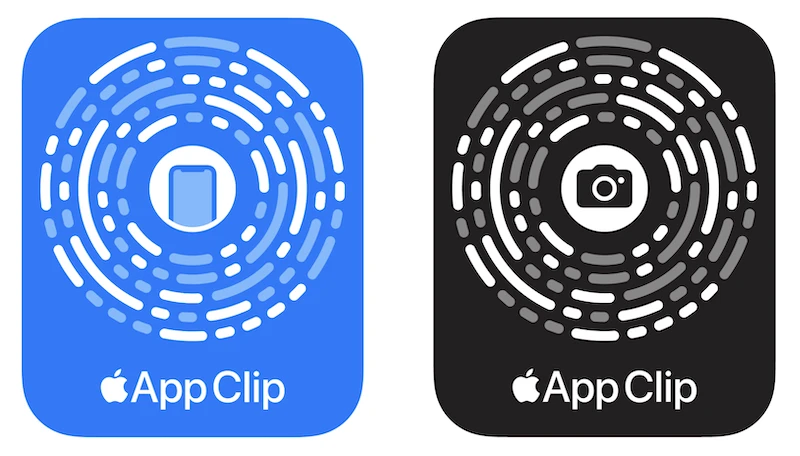
App Clip Codes and Apple Vision Codes: anchoring Augmented Reality Experiences on iOS 17 and visionOS
AR Glasses & Headsets | 03/12/2025
Apple is driving innovation in augmented reality with the unveiling of App Clip Codes and the Apple Vision Pro Headset. Debuting in iOS 14 and elevated with iOS 17, these platforms transform the way businesses utilize AR for seamless customer interactions. With full visionOS and Vision Pro integration, companies can now deliver truly immersive AR experiences that captivate and engage audiences.

Apple Vision Code: The Future of AR and QR Codes on visionOS
AR Glasses & Headsets | 02/12/2025
The launch of the Apple Vision Pro headset on February 2, 2024, is transforming how businesses adopt augmented reality (AR) and virtual reality (VR). This advanced AR/VR device delivers immersive, interactive features that enable organizations to engage customers, enhance product visualization, and deliver content in new ways.
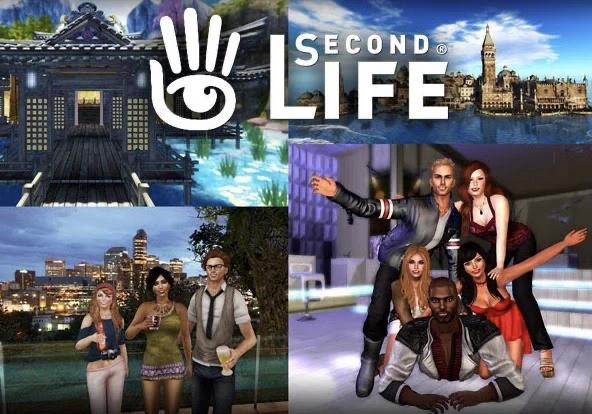
Metaverse, Virtual Reality, and Augmented Reality: Apple's and Meta's plans
AR Glasses & Headsets | 02/12/2025
Augmented reality (AR) and virtual reality (VR) are transforming digital business strategies by enabling companies to deliver immersive, interactive experiences. Modern enterprises leverage AR and VR not just for entertainment, but to attract customers, boost engagement, and build stronger brand loyalty. Adopting AR and VR opens new possibilities for business growth and dynamic customer journeys.
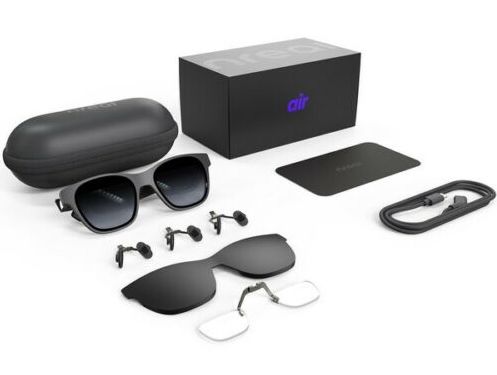
Augmented Reality Glasses to Replace Smartphones Within 10 Years ?
AR Glasses & Headsets | 02/12/2025
In the next decade, augmented reality glasses will rival smartphones, opening up unparalleled opportunities for innovative businesses. These advanced AR glasses and headsets seamlessly integrate digital content with real-world environments, transforming communication, customer engagement, and information access. Companies that leverage this evolution will unlock new ways to reach audiences and surpass competitors.
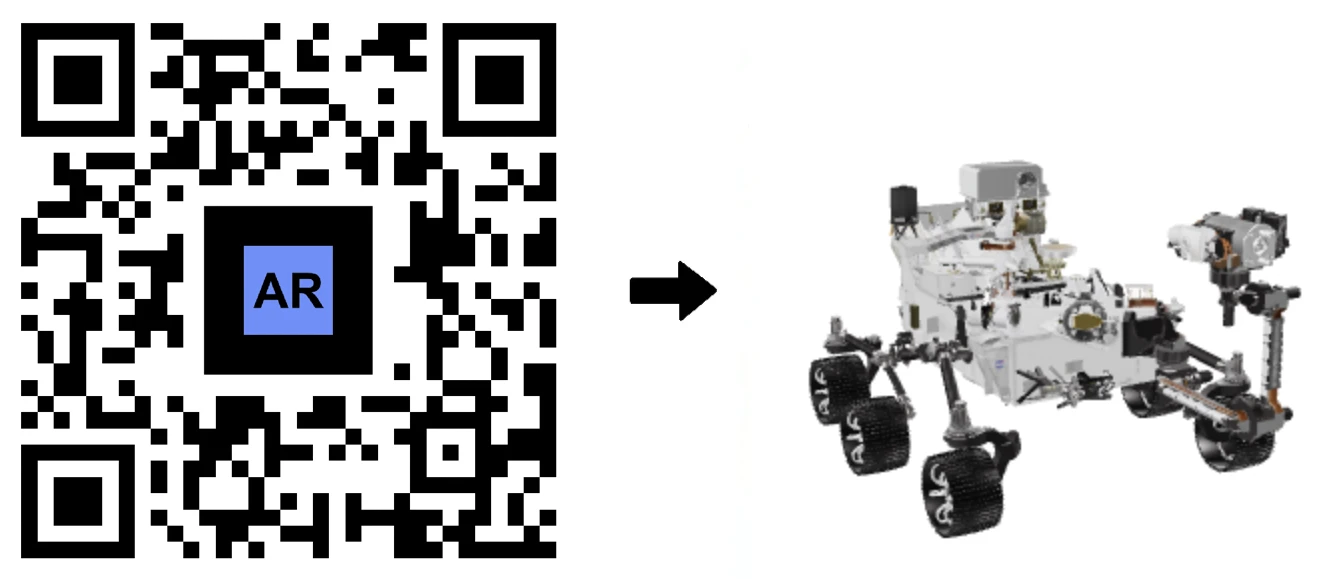
Apple Vision Pro Headset: A New Era of Augmented Reality
AR Glasses & Headsets | 02/12/2025
On June 5, 2023, Apple introduced the groundbreaking Apple Vision Pro, a next-generation augmented reality headset set to redefine interactive experiences for businesses and consumers. Officially launching in the US on February 2, 2024, Vision Pro is engineered to drive digital transformation and elevate AR capabilities in every industry sector.
Immersive technology is rapidly advancing, positioning AR glasses and headsets as essential tools for both consumers and businesses in today’s digital era. These smart devices combine advanced sensors, cameras, and high-resolution displays to overlay digital content onto the real world. Through spatial computing, they empower businesses, advance employee training, and redefine communication methods.
AR Glasses and Headsets for Enterprise: Transforming Business with Augmented Reality
AR glasses and headsets are transforming a wide range of industries. In manufacturing, they provide hands-free training and real-time maintenance support. In education, they create immersive learning environments, while healthcare leverages them for remote diagnostics and treatment support. The retail sector leverages AR glasses for enhanced customer engagement and digital brand experiences. Augmented reality extends well beyond entertainment, becoming a cornerstone in industrial manufacturing and modern education.
Leading AR glasses and headset devices for business include:
- Meta Quest 3, 3S & Pro: Market-leading standalone headsets offering high-resolution displays, color passthrough, and advanced spatial tracking. Perfect for enterprise simulations, immersive learning, remote collaboration, and virtual workspace integrations.
- Samsung Galaxy XR: An advanced XR headset with 4K micro-OLED displays, eye, hand, and voice controls, as well as Gemini AI. Built for hybrid work, collaborative design, and data-rich spatial dashboards at a cost-effective price point.
- Magic Leap 2: Enterprise-focused AR glasses ideal for remote assistance, digital twin visualization, and complex 3D workflows in healthcare, manufacturing, and AEC industries.
- Lenovo ThinkReality A3: Lightweight AR glasses that extend PC or mobile workspaces, providing spatial computing, virtual monitors, and field-service solutions with robust tracking and centralized management.
- Epson Moverio BT-45 Series: Industrial-grade AR glasses designed for frontline workers, remote collaboration, and inspections. These glasses offer Si-OLED displays, safety certifications, and helmet-compatible mounts for use in manufacturing, utilities, and logistics.
- Snap Spectacles (5th Gen): Standalone see-through AR glasses created for brands and creators to deliver interactive Lens-based experiences and bridge digital content seamlessly into the physical world.
- XREAL Air 2 Series: Ultra-light AR display glasses that turn devices into large virtual screens, suitable for immersive collaboration, productivity, and media viewing.
- Apple Vision Pro (M5): Apple’s leading spatial computing headset, offering visionOS integration, an updated M5 chip, high refresh rates, AI capabilities, and effortless deployment of Apple Vision Pro AR Codes for enterprise collaboration and sales.

Adoption of AR glasses and headsets is accelerating, enabling new customer experiences, employee engagement, and collaboration. See how AR enhances visitor engagement in museums.
AR QR Codes: Instantly Launch Augmented Reality Experiences
AR QR Codes provide instant access to app-free 3D augmented reality, designed for both smart glasses and mobile devices. These codes are ideal for interactive product demos, step-by-step instructions, and immersive branded experiences. See how to scan AR Codes for easy AR activation.
Compatible with iOS, iPadOS, visionOS, Android, and Meta Horizon OS, AR QR Codes utilize advanced WebAR and A-Frame frameworks. Businesses employ AR QR Codes on product packaging, event signage, and equipment, streamlining marketing, sales, and operations. Discover best uses in real estate, product packaging, and AR business cards.
AR Code SaaS: Unified Platform for AR Headset Content
AR Code offers an integrated SaaS platform to design, deploy, and manage AR content across AR glasses and headsets. Developers leverage ARKit to distribute AR experiences seamlessly through the Apple ecosystem, including iPhones, iPads, and Apple Vision Pro. For details, see the comprehensive AR Code SaaS plans and licenses guide.
Businesses can rapidly implement AR for digital workflows, interactive manuals, immersive product previews, and remote training. Explore advantages in interactive AR advertising, AR visualized e-commerce, and learn how to increase user engagement with AR Code links.
Meta Quest 3: Enterprise AR QR Code and Spatial Content Solutions
AR QR Codes deliver interactive 3D content and immersive augmented reality videos to Meta Quest 3. With in-browser support and a streamlined user experience, Meta Quest 3 drives business outcomes in corporate training, product visualization, and collaboration.
Apple Vision Pro Integration: Deploy AR QR Codes on visionOS
AR Code is fully optimized for Apple Vision Pro, making AR deployment on visionOS fast and seamless. Organizations can deliver immersive AR directly in the user’s view with no downloads or specialized knowledge. For a full overview, see the Apple Vision Pro headset guide.
Conclusion: Unlock Enterprise Growth with AR Code and Augmented Reality
AR glasses and headsets are accelerating digital transformation in leading enterprises. AR Code’s scalable SaaS platform enables rapid AR deployment, improved ROI, and streamlined workflows. Engage users, drive innovation, and elevate project delivery with AR Codes for collaborative product design and teamwork.
With Apple Vision Pro and advanced AR ecosystems, AR Code puts your business at the forefront of the spatial computing revolution. Adopt next-generation, enterprise-ready AR solutions to future-proof your operations.
Frequently Asked Questions
What is the expected impact of AR glasses and headsets on the future of enterprise technology?
AR glasses and headsets are becoming crucial to enterprise operations by enabling remote support, instant data access, and hands-free workflows. They streamline operations and improve engagement. See how AR Codes drive smart city solutions.
Which AR glasses and headsets are most suited for enterprise use?
Leading enterprise AR devices include HoloLens, Magic Leap, Meta Quest Pro, Lenovo ThinkReality, Epson Moverio, and Apple Vision Pro. They offer advanced spatial computing, digital twin, and enterprise integration. Learn more about selecting the right AR SaaS platform.
What makes AR Code a valuable solution for AR headset deployment?
AR Code streamlines the creation and deployment of AR content for smartphones and headsets, requiring no app installations. This accelerated workflow enables businesses to deliver interactive AR experiences quickly. Discover how to create customized AR Code experiences for your audience.
How will the Apple Vision Pro change the AR landscape?
Apple Vision Pro sets a new standard for augmented reality with superior visuals, advanced eye-tracking, and a spatial interface. It enhances storytelling, productivity, and business experiences. AR Code supports full compatibility. Learn about Apple Vision Pro Codes integration.
Which industries benefit most from AR Code and AR headsets?
Manufacturing, logistics, healthcare, education, and field services benefit significantly from AR Code and AR headsets. These sectors enjoy easy AR deployment, enhanced safety, improved training, boosted productivity, and higher customer satisfaction. Explore industry insights on industrial AR 3D models and AR educational models.
147,018 AR experiences
548,975 Scans per day
128,435 Creators
